► Formula E’s Season 8 begins
► What’s new?
► And what to expect
Formula E is about to start up again for the last season of its batmobile Gen2 chassis. Possibly the coolest-looking racing car currently on track, it’s under the cover of brand exits and rule changes that FE’s taking it for a final spin.
Safety car rule changes
No, you’re not reading this wrong, this is about Formula E – not Formula 1. Last year’s season saw some major controversies behind safety car from FE’s first-ever black flag shown to Lucas di Grassi for a cunning (if ultimately failed) attempt to use the pit lane for an audacious overtake under caution – to the farcical Valencia race where nearly half the field ‘ran out’ of energy despite technically having plenty in their batteries.
How does a Formula E powertrain work
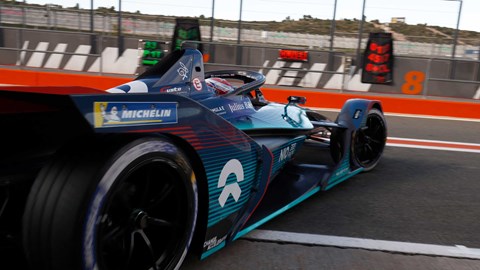
To avoid looking like a clown show some changes have been made: Instead of 1kWh of energy being removed from cars’ usable allowance for every minute behind the safety car, an extra minute will be added to the 45 minutes + 1 lap race time. That puts things more in the hands of drivers and teams, rather than them having to attempt to guess how big a reduction will be at the same time as working out restart strategy – only for race control to potentially say something different.
Good to see at least one series is trying to avoid last-lap race direction safety car shenanigans this time around.
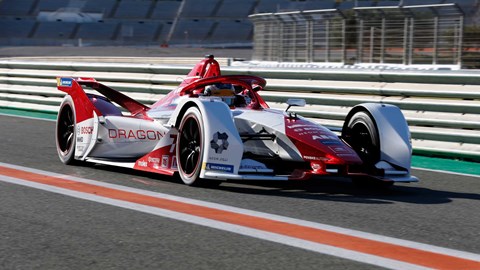
Manufacturer shuffles
Something really funny – well, depending on your perspective – has happened every year that BMW’s sponsored the Berlin Eprix: A BMW executive has had the honour of handing over a winner’s trophy to a different German marque every single year; the sort of tragicomic thing that might be considered karma for the brand’s motorsport flip-flopping.
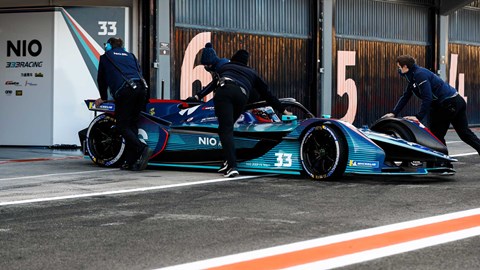
If Mercedes or Porsche, the remaining German brands in Formula E, take on the branding this year then there’s every chance that they may too find themselves handing a trophy to a BMW car that isn’t technically a bimmer anymore. The Andretti team is still using its powertrain from last year (as are all cars, with a single homologation over the two seasons) which means it might have the opportunity to finally do what BMW wanted, in Formula E, the year after it left.
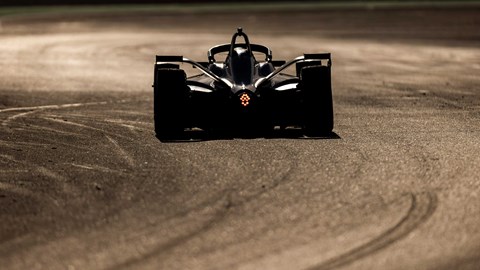
Equally, Envision are carrying Audi’s powertrain in the back of their car despite the marque’s exit. While Mercedes’ factory team and Venturi are both using what might well be the final Merc FE MGU before the brand pulls out at the end of this season, having taken both world titles last year.
Formula E isn’t particularly in trouble for manufacturers – even if none joined it’d still be well ahead of Formula 1 and Maserati recently threw their hat into the ring for Gen3, with more expected to be announced. However, it is in a curious stasis for this year, in terms of technology.
BMW and Audi are still supporting their respective customer teams with technical help and any new parts they need but obviously it’s a bit of a weird circumstance to have these zombie factory/privateer entries after the main manufacturer’s withdrawn their logo.
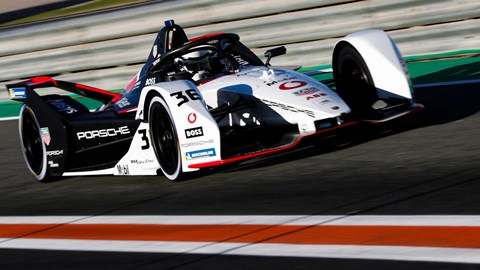
Then there’s all the weirdness of the teams that didn’t quite manage to get their powertrains in for the start of last season; at first it looked like a genius flex by dominant Season 6 champions DS to take more time for their Season 7 and 8 powertrain while everyone tried to catch up. However, they’re now getting it mid-season without time to test, leaving the champions strangely anonymous.
Nissan had the same problem after their Season 7 MGU got stuck in the Suez (remember that? Fun times) and DAMS are very keen to reclaim their form in the early seasons, winning the first three constructors’ championships back-to-back. And Mahindra, one of the world’s biggest automakers and here from the start, desperately want to be in the mix.
So; a few brand badges down but this isn’t a mid-90s rap video and the field is more competitive than it’s ever been.
Qualifying restructure
Formula E’s group qualifying has long been a bugbear of the drivers. Having previously gone out in four groups before a super pole session for the fastest drivers, complaints were longstanding that there was too much advantage given to the later groups, making drivers in group one risk missing an opportunity to set a lap by leaving it so last minute, waiting for the optimum track window.
The problem is that while those are the rules, in theory that’s how you ought to play them. Even if it led to some farcical, Monza-style queues of cars all trying to go out at the same time and sabotaging each other sometimes more than track evolution played a role, it was time for the old format to go and the field have to find something else to blame if they ended up at the back.
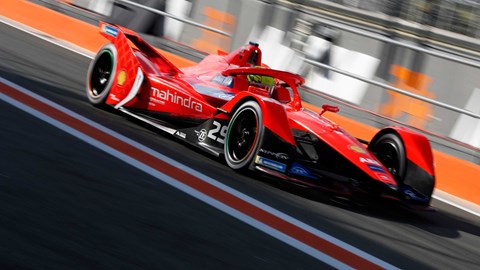
Now, two groups of 11 cars will go out for 10 minute sessions each, where drivers can set as many laps as they like. The top 8 from that are arranged into a quarter, semi and final bracket that sees drivers pitted head-to-head in ‘duels’ that will see drivers paired up and pitted against each other in an elimination battle to reach pole.
The previous format was to try to open the field as much as possible, this is meant to find the fastest. We’ll see how it shakes out.
Safety is cool
The Formula E safety car has, this season, been upgraded from an electric Mini to the rather more race-y Porsche Taycan. It doesn’t affect the outcome of anything that happens but it does mean any time drivers spend behind it looks infinitely more cool.
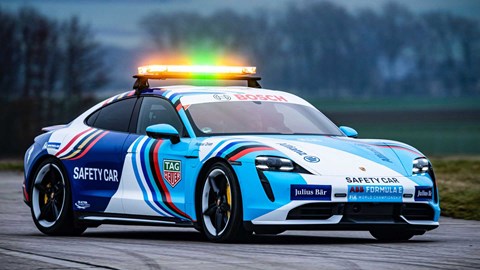
How to watch:
Formula E’s first race of 2022 goes out on the Channel 4 Sport YouTube channel and Eurosport from 4:30pm on Friday 28th, with the second race going out on Channel 4’s main broadcast and Eurosport from 4:30pm on Saturday 29th.
(The double header in Diriyah is on Friday and Saturday, reflecting the weekend in Saudi Arabia)